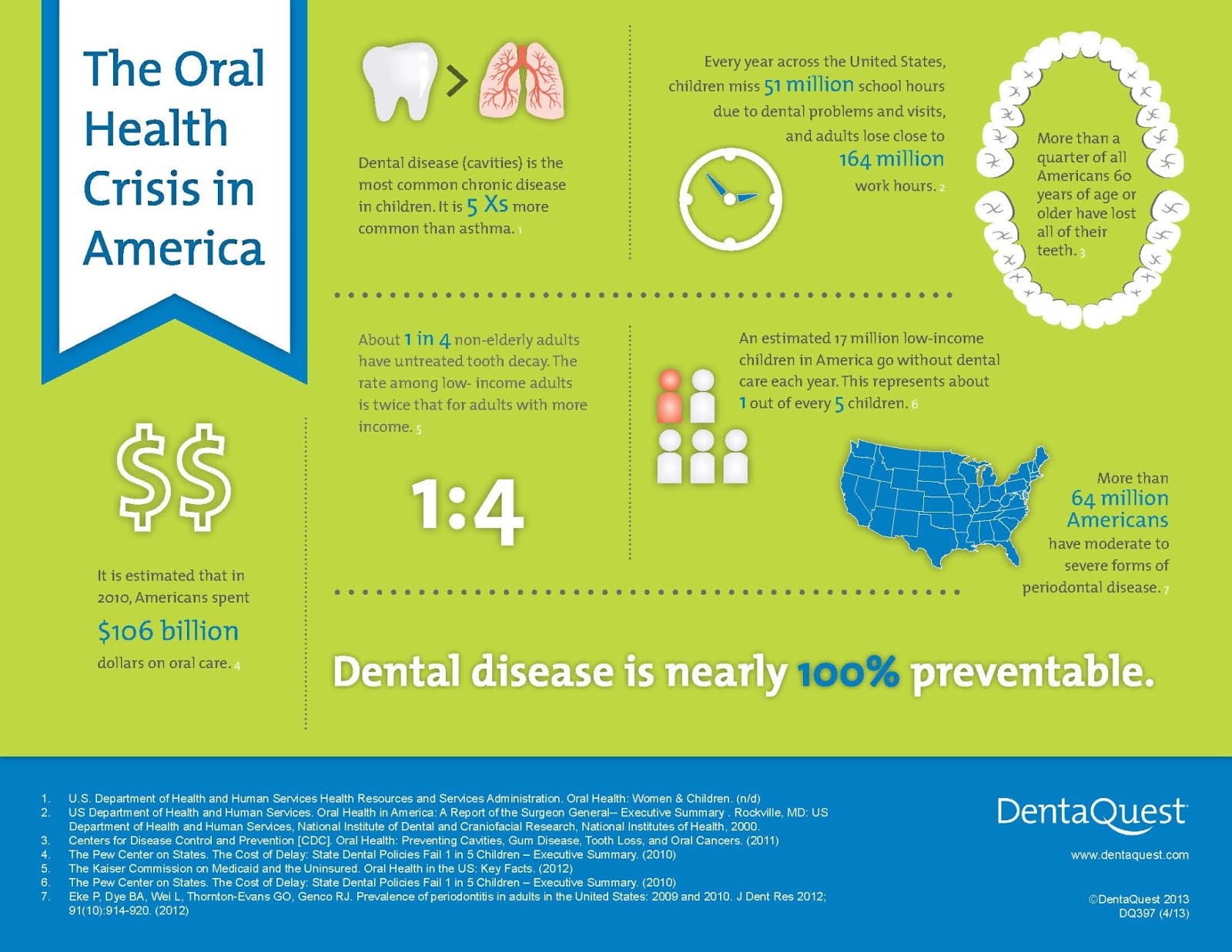Expose The Considerable Technologies That Are Changing The World Of Oral Surgery. Take Into Consideration The Future Of This Specialized And Remain Informed. Click Now For An Early Consider What Is On The Horizon
Expose The Considerable Technologies That Are Changing The World Of Oral Surgery. Take Into Consideration The Future Of This Specialized And Remain Informed. Click Now For An Early Consider What Is On The Horizon
Blog Article
Produced By-Foldager Dowd
Welcome to the world of oral surgery, where advancements and advances are shaping the future of the field! In dentist near 78748 , you'll witness the transformative power of robotics, the cutting-edge wonder of 3D printing, and the game-changing impact of minimally intrusive techniques.
The future of oral surgery holds an assurance of precision, performance, and improved person results. With the help of sophisticated robotics, specialists are able to do intricate procedures with better precision and control.
3D printing innovation is transforming the creation of dental implants and prosthetics, supplying customized solutions that fit seamlessly into each person's distinct anatomy.
Furthermore, minimally invasive techniques are decreasing post-operative pain and healing time, allowing people to return to their lives quicker.
Prepare yourself to discover the exciting technologies and developments that are improving the landscape of dental surgery!
Advancements in Robotics
One major improvement in oral surgery is making use of robot innovation, which permits accurate and efficient procedures. With the help of robotic systems, oral specialists have the ability to do complex surgical procedures with improved accuracy, lessening the threat of human error.
These robotic systems are geared up with advanced imaging technology and precise instruments that make it possible for surgeons to browse through intricate anatomical structures effortlessly. By utilizing robot innovation, surgeons can achieve higher surgical accuracy, leading to enhanced client end results and faster recovery times.
Additionally, the use of robotics in oral surgery allows for minimally invasive procedures, minimizing the injury to bordering cells and advertising faster recovery.
3D Printing in Oral Surgery
To boost the area of oral surgery, you can check out the subtopic of 3D printing in dental surgery. This cutting-edge technology has the potential to change the method dental doctors run and deal with individuals. Right here are four essential methods which 3D printing is forming the area:
- ** Personalized Surgical Guides **: 3D printing allows for the creation of extremely precise and patient-specific medical guides, improving the accuracy and performance of procedures.
- ** visit the next web page **: With 3D printing, oral cosmetic surgeons can produce customized dental implant prosthetics that perfectly fit an individual's unique composition, leading to better end results and individual contentment.
- ** Bone Grafting **: 3D printing allows the production of patient-specific bone grafts, minimizing the need for traditional grafting strategies and enhancing healing and recuperation time.
- ** Education and learning and Training **: 3D printing can be made use of to develop practical medical designs for academic objectives, allowing dental specialists to practice complicated treatments before doing them on individuals.
With its prospective to improve precision, personalization, and training, 3D printing is an interesting growth in the field of oral surgery.
Minimally Intrusive Techniques
To additionally progress the field of dental surgery, welcome the capacity of minimally invasive methods that can greatly profit both surgeons and individuals alike.
Minimally intrusive techniques are transforming the field by reducing medical trauma, minimizing post-operative pain, and accelerating the healing process. These methods entail making use of smaller lacerations and specialized tools to carry out treatments with accuracy and effectiveness.
By making use of innovative imaging technology, such as cone beam of light computed tomography (CBCT), cosmetic surgeons can accurately prepare and execute surgical treatments with marginal invasiveness.
Additionally, the use of lasers in oral surgery allows for specific cells cutting and coagulation, resulting in lessened bleeding and minimized recovery time.
With minimally intrusive techniques, patients can experience much faster recuperation, decreased scarring, and boosted end results, making it a vital facet of the future of dental surgery.
Verdict
So, as you can see, the future of dental surgery is incredibly encouraging, with exciting technologies and breakthroughs forming the area.
From the improvements in robotics to using 3D printing and minimally invasive techniques, oral doctors are revolutionizing the way they offer treatment.
While some may bother with the potential expense related to these improvements, it's important to remember that these modern technologies inevitably enhance client results and lower healing time, making them well worth the investment over time.
